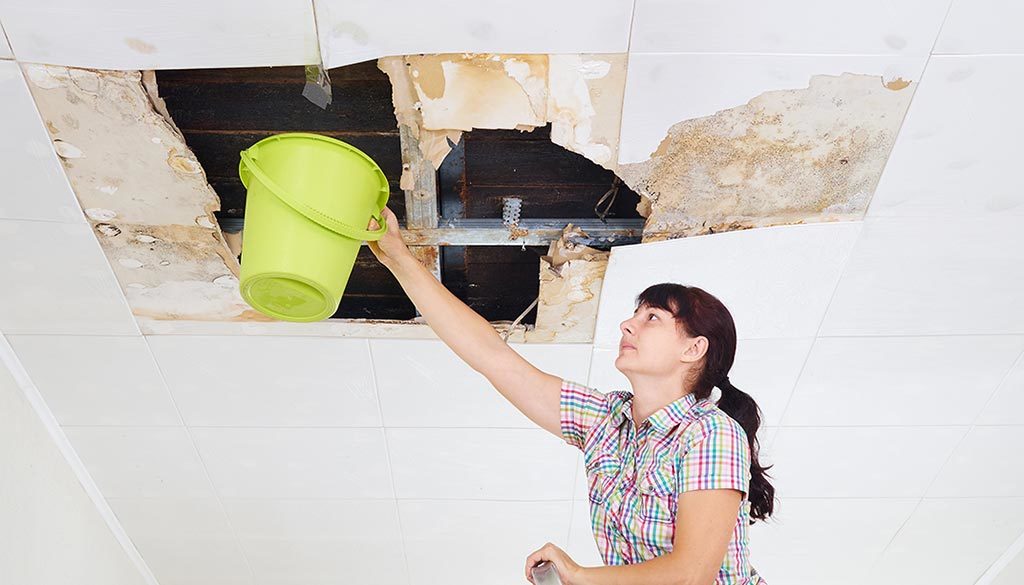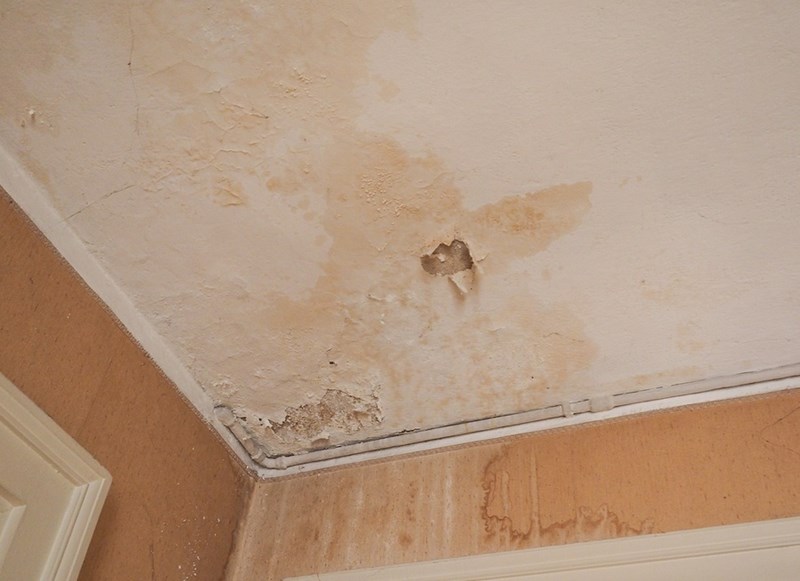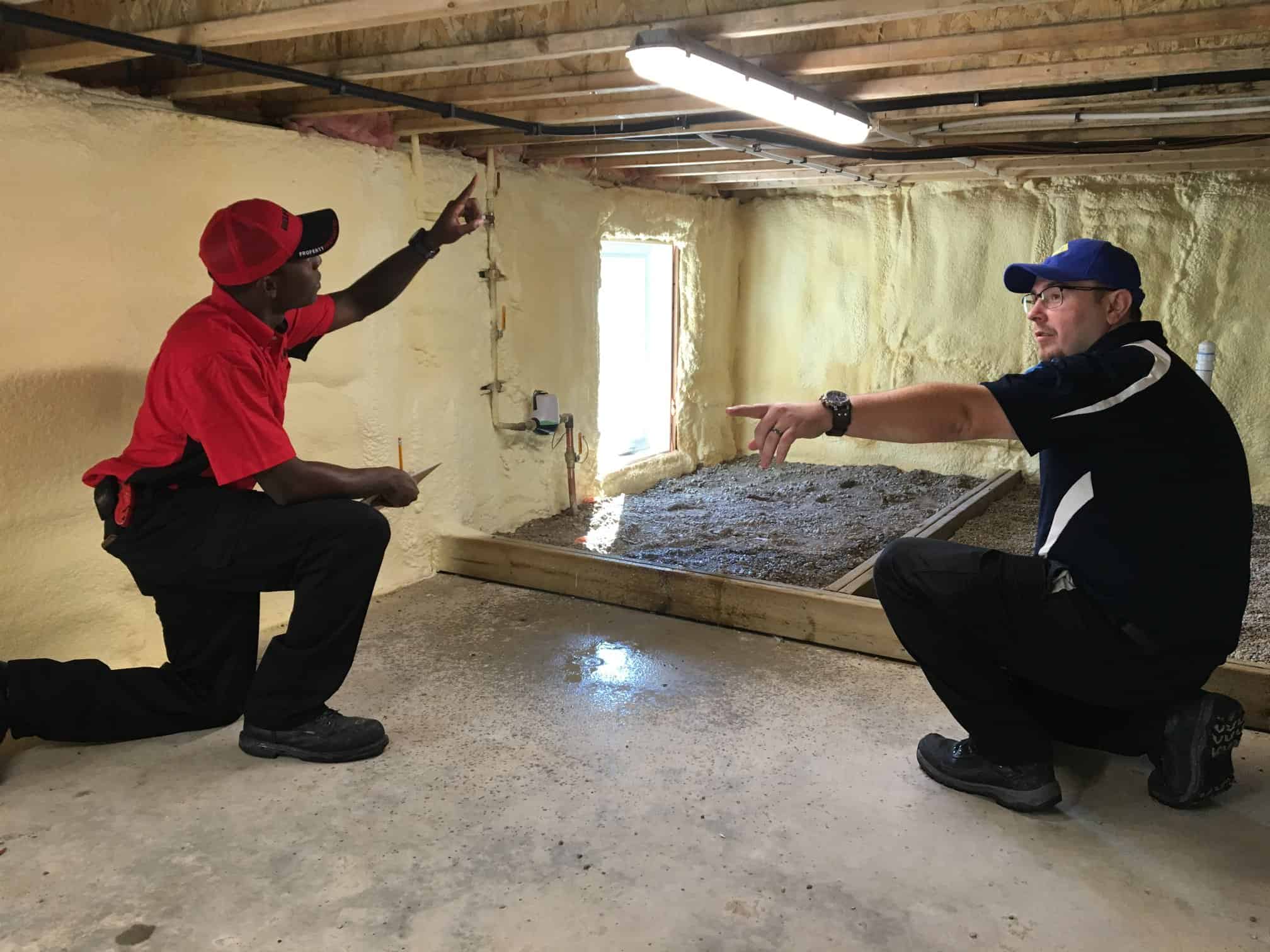Emergency Water Leak Repair to Prevent Further Property Destruction
Emergency Water Leak Repair to Prevent Further Property Destruction
Blog Article
The Refine of Water Damages Clean-up: Ensuring Your Home Is Recovered Successfully
Water damages can be a difficult challenge for homeowners, demanding a organized and thorough clean-up process to recover security and functionality. A comprehensive analysis is vital to identify the level of the damages and establish the proper remediation measures. Following this, efficient water removal techniques play a crucial function in mitigating further injury. Nevertheless, the subtleties of drying, sanitizing, and ultimate remediation are just as necessary and frequently overlooked. Understanding these stages can make a substantial distinction in the end result of your home's remediation, prompting a closer check out what each step requires.
Assessing the Damage
Upon discovering water damage, the very first step is to thoroughly evaluate the extent of the impact. This initial assessment is vital, as it aids establish the essential steps for efficient clean-up and remediation. Begin by examining the impacted locations, consisting of wall surfaces, ceilings, floorings, and personal valuables, to recognize the resource of the water invasion, whether from flooding, leaks, or condensation.
Documenting the damages is necessary for both insurance policy cases and planning repair initiatives - damage restoration services. Usage photos and written notes to catch the intensity of the damage, noting any kind of affected architectural components and products. Pay special focus to areas that might not be quickly noticeable, such as behind walls and under rugs, as hidden moisture can lead to further complications, consisting of mold and mildew growth
In addition, analyze the timeline of the water direct exposure. The longer the materials continue to be damp, the better the possibility for damage. Understanding the period of exposure will notify the urgency of removal efforts. Eventually, a detailed assessment lays the foundation for a successful water damages cleanup process, making certain that all impacted locations are dealt with successfully and completely.
Water Extraction Methods

Experts commonly employ submersible pumps for larger quantities of water, which can promptly reduce flooding in cellars or other affected areas. For smaller quantities, wet/dry vacuum cleaners are commonly made use of to remove recurring moisture from carpets and hard surfaces. Furthermore, utilizing portable extractors permits targeted elimination in restricted rooms or locations with fragile products.
In circumstances of infected water, such as sewer or floodwater, progressed removal methods may include making use of biohazard devices to make certain safety and security and conformity with wellness regulations. High-powered extraction tools are essential in reducing water retention in structural materials, which can result in mold and mildew development and architectural deterioration otherwise addressed quickly.
Eventually, the efficiency of water removal methods plays a crucial role in the overall success of the water damage clean-up process, preparing for succeeding restoration initiatives.
Drying and Dehumidification
As soon as standing water has been efficiently extracted, the following important phase in the water damage cleaning procedure is drying and dehumidification. This action is vital to prevent more damage and mold growth, which can take place within 24 to 48 hours in wet atmospheres.
To achieve reliable drying, specialized devices such as industrial-grade air movers and dehumidifiers is used. Air movers flow air throughout wet surface areas, enhancing dissipation rates, while dehumidifiers lower humidity degrees in the air, advertising a conducive setting for drying. The mix of these tools makes certain that wetness is extracted from wall surfaces, floors, and home furnishings, permitting them to dry extensively.
It is important to check the go to my blog drying process very closely. Professionals usually utilize dampness meters to assess the wetness web content in various materials, making certain that all affected locations get to acceptable dryness degrees. This thorough approach assists to stop covert dampness pockets that could cause architectural damage or undesirable mold and mildew development.

Cleaning and Sanitizing
After the drying and dehumidification phase is complete, visit their website the next important step in water damage clean-up is cleaning up and sterilizing the impacted locations. This procedure is critical to prevent the growth of mold, bacteria, and various other virus that grow in wet settings.
The cleansing stage commonly entails getting rid of any kind of particles, dust, and impurities from surface areas utilizing specialized cleaning up agents. For hard surfaces, a combination of soap and water or business cleansing products is typically utilized. Soft materials, such as upholstery and carpetings, might need a lot more considerable cleansing techniques, including steam cleansing or deep removal strategies, to make certain comprehensive cleanliness.

Disinfecting follows cleansing, utilizing EPA-approved anti-bacterials to remove harmful microorganisms. This action is essential, particularly in areas that might have come right into call with floodwaters or sewage, as these sources can position severe health and wellness threats.
In addition, it is necessary to deal with any kind of staying smells, which may require using smell neutralizers or advanced methods like ozone therapy. Appropriate cleaning and sterilizing not just recover the safety and health of your home however likewise lay the groundwork for effective reconstruction and repair services in succeeding stages of the water damages clean-up procedure.
Repair and Repair Services

As soon as the analysis is full, restoration efforts can start. This usually includes fixing or changing broken products, ensuring that all job abides by local structure codes and criteria. If drywall has been compromised, it will certainly require to be gotten rid of and changed with brand-new material. Additionally, flooring might call for similar interest, depending on the level of water direct exposure.
It is critical to involve knowledgeable repair experts during this procedure, as they possess the experience to manage complex repairs properly. They can assist minimize potential future issues, such as mold and mildew development or structural instability, hence making sure a risk-free and habitable living atmosphere. Ultimately, efficient restoration and fixings recover the home's stability and improve its overall value.
Verdict
To conclude, the process of water damages cleanup is essential for restoring a home to its pre-damage problem. Each phase, from assessing the damage to applying effective water extraction strategies, complied with by comprehensive drying out, disinfecting, and necessary repair services, plays my latest blog post an important function in ensuring security and conformity with structure standards. Effective execution of these actions not only reduces instant damages yet also improves the lasting integrity and value of the building.
Water damage can be a difficult difficulty for property owners, necessitating a precise and structured cleanup procedure to recover safety and security and performance. Inevitably, a thorough analysis lays the groundwork for a successful water damages cleaning process, making sure that all influenced locations are attended to effectively and completely.
Reliable water removal methods are necessary in alleviating damages and stopping further complications adhering to a water invasion event.In final thought, the process of water damages clean-up is critical for recovering a home to its pre-damage condition. Each stage, from examining the damage to applying efficient water removal methods, followed by extensive drying, disinfecting, and required fixings, plays a crucial function in making certain security and conformity with building criteria.
Report this page